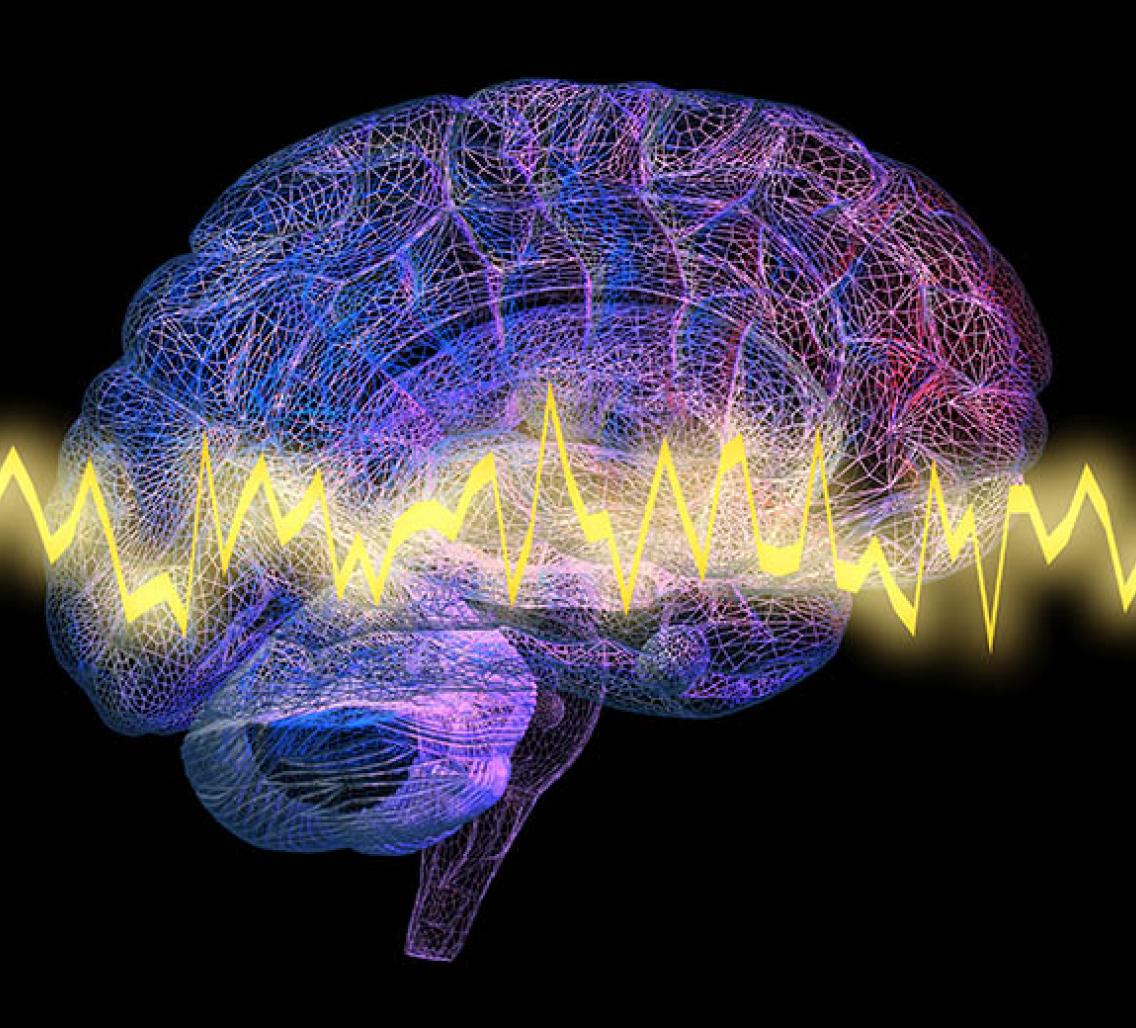It was a risky study. Kind of a shot in the dark. But because he had funding that encouraged just this sort of risk-taking, Amit Etkin, MD, PhD, and his colleagues took it on -- and then they got lucky.
The concept was to test whether interpreting data alone from brain-imaging technologies could, in fact, be useful as a method of diagnosing and treating psychiatric disorders. No clinical input, no symptom checklists, just hard core data.
"What if we had just the data themselves? Does the data tell us a story, beneath what we can see clinically, that illuminates diagnosis and treatment?" said Etkin, a professor of psychiatry and behavioral sciences at Stanford.
"This type of study runs the risk of showing you absolutely nothing. Or perhaps finding things that aren't clinically useful," he continued. "This is where we got a little more lucky than smart. It turned out to have striking clinical relevance."
Subtypes revealed by brain wave data
Based on brain wave data, researchers were able to identify two clinically relevant subtypes of common psychiatric disorders. These subtypes cut across the traditional diagnoses of major depression and post-traumatic stress disorder, and they could be differentiated only through brain wave patterns, not clinical observation, Etkin said.
Further investigation showed that by diagnosing these subtypes using brain wave data, the researchers could then determine the best treatment options for each subtype: psychotherapy, antidepressants or brain stimulation.
The study was published Oct. 19 in Nature Biomedical Engineering. Etkin, who is on leave from Stanford working as founder and CEO of the startup Alto Neuroscience, is the senior author.
To identify subtypes, the researchers used electroencephalogram, EEG, to collect brainwave data from 201 participants -- 106 with PTSD and 95 healthy controls. Using machine learning to interpret the data they discovered the two subtypes then successfully replicated the results several times using different datasets from other groups of patients with PTSD and depression. The study examined data from 743 participants.
"These two brain diagnoses were hiding underneath the clinical diagnoses. What was most striking was that they were not evident to clinical observation," Etkin said. "You couldn't tell the two subgroups apart clinically -- until you gave them treatment and saw how it turned out."
Next, the researchers analyzed treatment outcomes for each patient's subtype after psychotherapy, antidepressants or brain stimulation. Psychotherapy was given to study patients with PTSD, and antidepressant treatment was giving to patients with depression.
How patients responded to different treatments
Study patients in the subtype with brain waves that differed most from those of healthy controls were less responsive to two types of psychotherapy treatment and failed to respond to antidepressant treatment. By contrast, both subtypes responded equally well to repetitive transcranial stimulation therapy, the study said.
"The thing about brain stimulation is that, because it is a costly and somewhat burdensome intervention involving daily treatments, very few people end up getting it," Etkin said. "But if you knew early on that it would be the most effective treatment for that patient, it could save patients a lot of time and suffering to go right to brain stimulation -- and reduce the money spent on treatments that wouldn't work."
Because most traditional diagnostic categories, such as PTSD and depression, group together a wide swath of biologically heterogenous patient populations, this paper provides evidence that brain imaging could be used to further refine diagnostic categories and better pinpoint treatments, he said.
Moreover, the form of brain imaging, EEG, can be done at low cost in clinics anywhere in the world, Etkin said.
"Psychiatry has, for a long time, been limited by its own definitions of disease, and has badly needed an objective brain-based formulation that is not dependent on subjective experience or definitions," he said.
